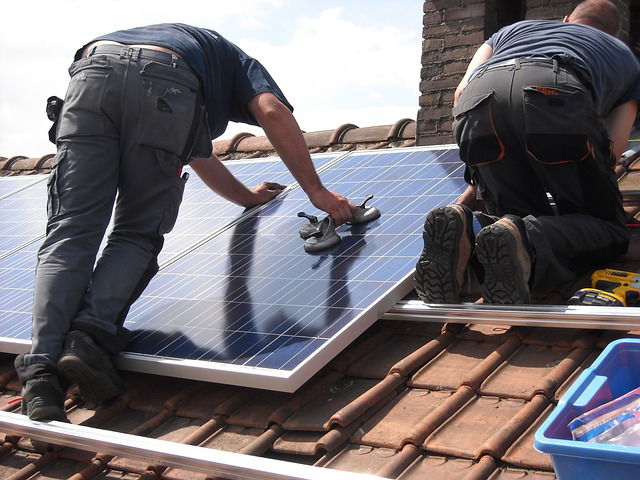
Nowadays, more and more people use solar PV panels and energy storage systems at home to support household electricity use. This is in line with other efforts (e.g., wind energy, electric cars, etc.) to protect the environment and achieve sustainable development.
It is expected that in the near future, houses will be self-sufficient and can feed its inhabitant’s needs with green energy from the sun.
Nevertheless, current solar PV panels can only cover 40% of household electricity need. Reaching beyond 40% self-sufficiency requires better energy storage systems and support policies.
In a study newly published in Applied Energy, researchers suggest that combining solar PV panels with lead-acid batteries can strongly increase household electricity self-sufficiency.
The study was conducted by the Université libre de Bruxelles in Belgium. Researchers analyzed the use of residential lead-acid batteries for energy storage coupled with solar PV panels.
Simulation analyses showed that with only solar PV panels, it is possible to reach 40% of self-sufficiency. This is because sun shines at its maximum around the noon, whereas most homes use electricity most in the morning and the evening. In addition, in many countries most of the solar energy is available only in summer.
If users want to reach beyond 40%, energy storage must be used, and this could strongly raise the cost of the electricity. A self-sufficiency of 60% may cost twice as much as using the grid. Moreover, installing and changing batteries from time to time can cost lots of money too.
Researchers suggest that supportive policies from the government are necessary. In addition, people can try to use several energy sources together to balance out each one’s disadvantages. Other solutions include li-ion batteries that have decreased price and increased energy density.
Citation: Guilherme de Oliveira e Silva, Hendrick P. (2016). Lead-acid batteries coupled with photovoltaics for increased electricity self-sufficiency in households. Applied Energy, 178: 856-867. doi: http://dx.doi.org/10.1016/j.apenergy.2016.06.003.
Figure legend: This Knowridge.com image is for illustrative purposes only.



